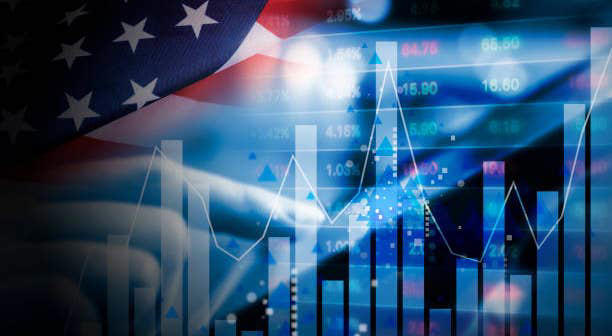The CNN Money Fear and Greed index showed a decline in overall market sentiment, although it remained in the “Greed” zone on Friday. U.S. stocks closed lower following the release of February’s jobs data, with all three major indices ending the week in negative territory.
Despite nonfarm payrolls beating economist estimates, coming in at 275,000 compared to the expected 200,000, the unemployment rate rose from 3.7% to 3.9%, surprising estimates. Average hourly wages also grew at a slower pace than expected in February.
Shares of AerSale Corporation (ASLE) tumbled around 26% after reporting worse-than-expected fourth-quarter financial results. Conversely, Willdan Group, Inc. (WLDN) surged over 24% following better-than-expected fourth-quarter results and upbeat FY24 guidance, as well as securing a lucrative contract.
Most sectors on the S&P 500 closed lower, with technology, consumer staples, and materials stocks recording significant losses. However, energy and real estate sectors outperformed, closing the session higher.
The Dow Jones closed lower by around 69 points, while the S&P 500 fell 0.65%, and the Nasdaq Composite dropped 1.16% during Friday’s session.
Investors are now eagerly awaiting earnings results from companies like Calavo Growers, Inc. (CVGW), Casey’s General Stores, Inc. (CASY), and Oracle Corporation (ORCL) today.
Despite the slight decline in market sentiment, with a reading of 71.4 on Friday, the Fear and Greed index remained in the “Greed” zone, reflecting continued optimism among investors.
The CNN Business Fear & Greed Index is a tool used to gauge the current sentiment in the financial markets. It operates on the principle that when investors are fearful, stock prices tend to decline, while during periods of greed, stock prices typically rise. The index is derived from seven different indicators, each given equal weight in the calculation. These indicators include stock price breadth, market momentum, safe haven demand, junk bond demand, market volatility, put and call options, and market momentum. The index is measured on a scale from 0 to 100, where a reading of 0 indicates extreme fear and 100 reflects extreme greed. Traders and investors often use the Fear & Greed Index as a contrarian indicator to help inform their trading decisions.
